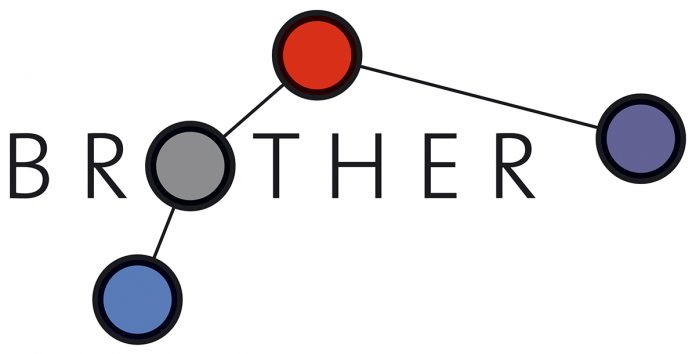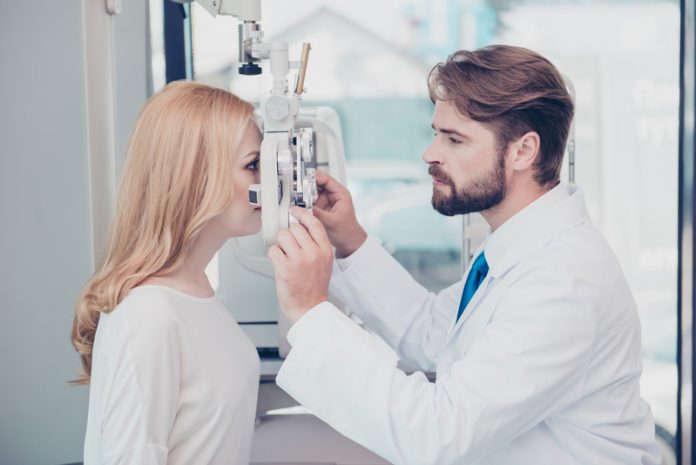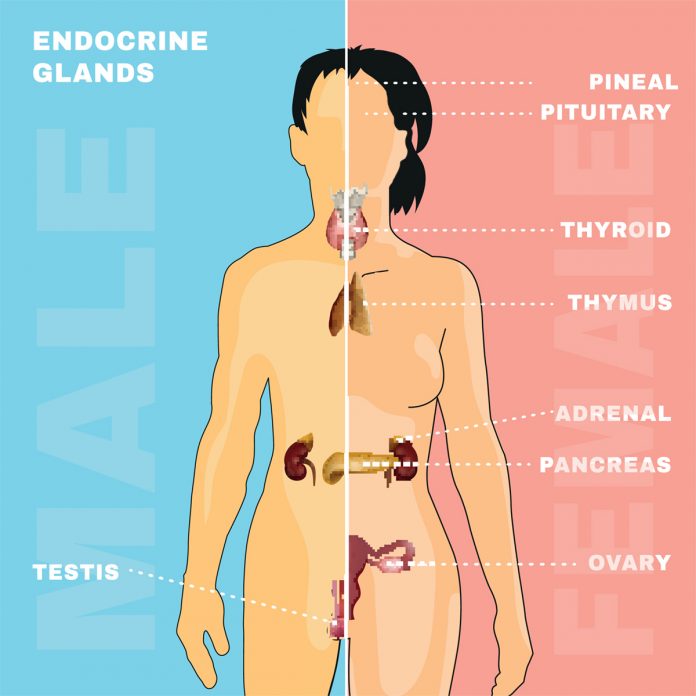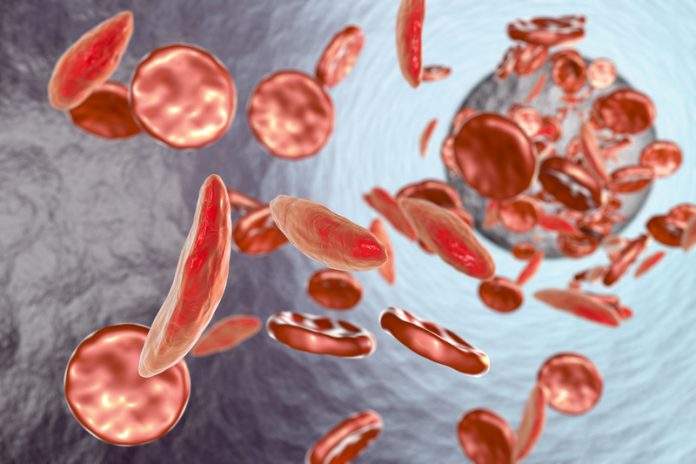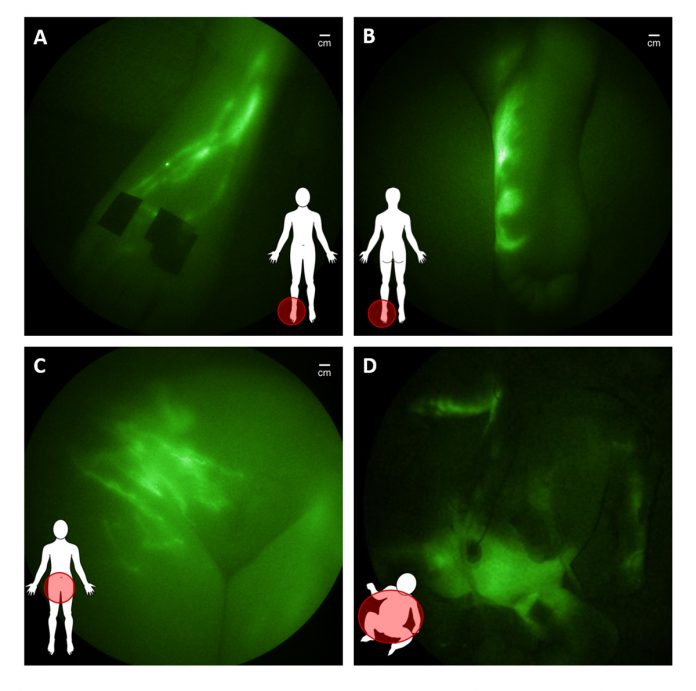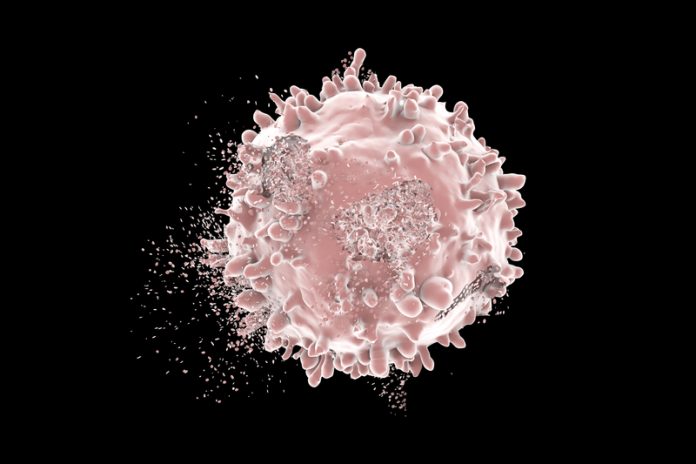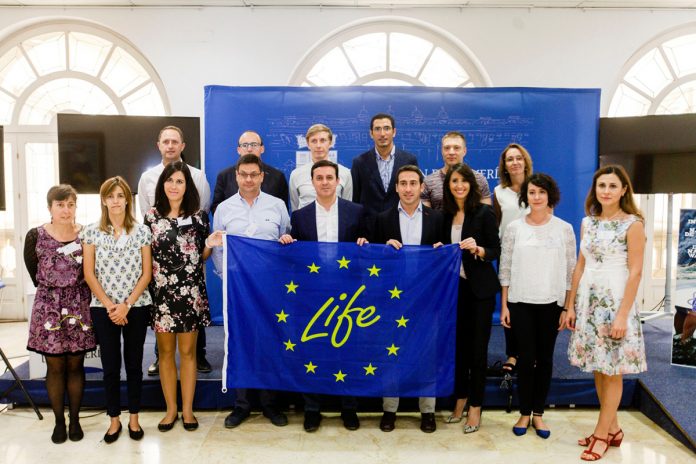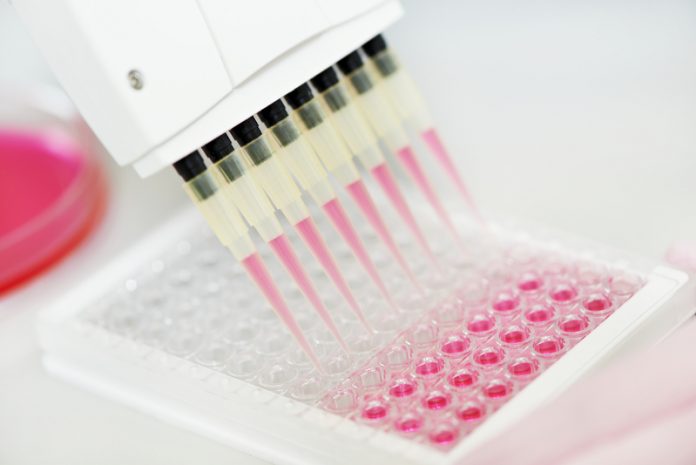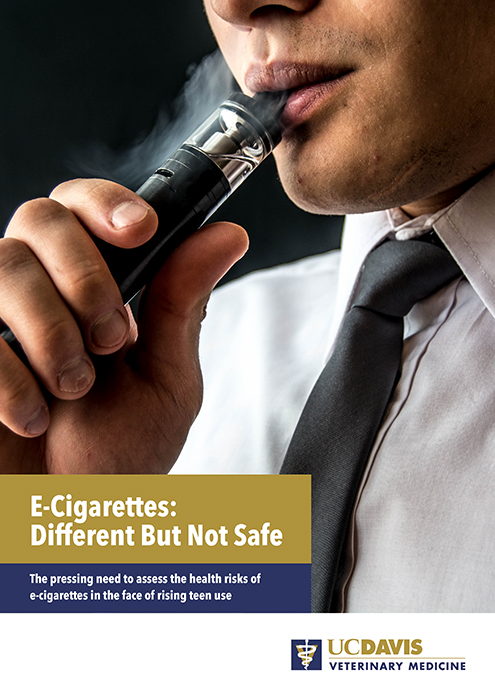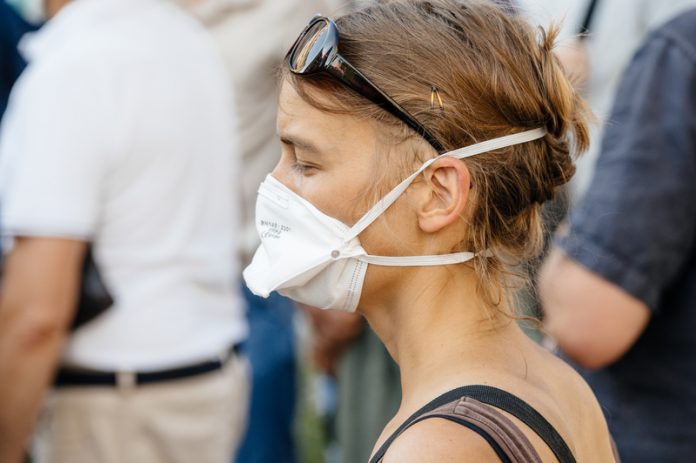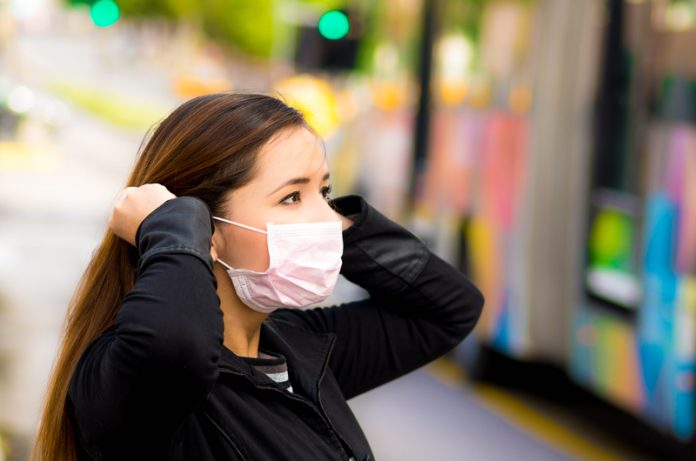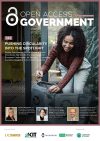Home Search
cancer - search results
If you're not happy with the results, please do another search
BRoTHER: A network for digitalisation in biobanking to promote personalised medicine
Christoph Brochhausen(1), Judita Kinkorova(2), Karl-Friedrich Becker(3), Dalibor Valik(4), Ondrej Topolcan(2)detail the marvellous work of BRoTHER, a network for digitalisation in biobanking to promote the use of personalised medicine
National Eye Health Week urges everyone to look after their eyes
Promoting the importance of eye health and the need for regular sight tests are the key messages for National Eye Health Week 2018
Radioiodine in the environment: The importance of natural organic matter
Peter H. Santschi, Regents Professor at the Department of Marine Sciences, Texas A&M University – Galveston discusses radioiodine in the environment, focussing on the importance of natural organic matter
The European Commission roadmap: Towards a More Comprehensive EU Framework on Endocrine Disruptors
Alberto Mantovani of Italy’s Istituto Superiore di Sanità assesses the European Commission’s efforts to develop a comprehensive and concise regulatory framework for endocrine-disrupting chemical substances.
Aplastic anaemia and other rare bone marrow failures
Grazina Berry from Aplastic Anaemia Trust argues that young patients diagnosed with aplastic anaemia (AA) and other rare bone marrow failures need more help and support
Antimicrobial resistance challenged by flexible heterocyclic chemistry
Prof Colin J Suckling OBE DSc FRSE, Research Professor of Chemistry at the University of Strathclyde shares his expertise on antimicrobial resistance (AMR) and how this is challenged by flexible heterocyclic chemistry
Non-radioactive, non-ionising radiation for safe paediatric imaging
E.M. Sevick and J.C. Rasmussen from The University of Texas Health Science Center, The Brown Foundation Institute of Molecular Medicine discuss non-radioactive, non-ionising radiation for safe, paediatric imaging
CD33-directed therapy: Current and future perspectives on targeted therapy in acute myeloid leukaemia (AML)
Mohammed Gbadamosi and Jatinder K Lamba from Department of Pharmacotherapy and Translational Research at the University of Florida explain CD33-directed therapy for acute myeloid leukaemia (AML), focussing on current and future perspectives
Transformative research on Cowpea: Innovative trap crop development and deployment
Louis E. N Jackai and Beatrice N. Dingha from the Department of Natural Resources and Environmental Design at North Carolina A&T State University discuss their transformative research on Cowpea for increased and sustained production and use in the USA
New research suggests Huntington’s Disease may take affect sooner than expected
The National Academy of Sciences (PNAS) has published new research which reveals that Huntington's Disease may take affect in people much earlier on in life than originally expected and that a new drug may be paramount in controlling the disease.
State-of-the-art technology for natural radioactivity removal in groundwater
Anna Goi, Senior Research Scientist at the Tallinn University of Technology turns our thoughts towards state-of-the-art technology for natural radioactivity removal in groundwater.
Polychlorinated biphenyls (PCBs): A persistent environmental health problem
Carolyn R. Klocke, Postdoctoral Scholar and Pamela J. Lein, Professor at University of California, Davis both argue that polychlorinated biphenyls (PCBs) are a persistent environmental health problem today
Precision medicine and biobanking: Future directions
A group of experts from the International Society for Biological and Environmental Repositories, (ISBER) shed light on the science of biobanking and its role in delivering modern and precision medicine
The health risks of e-cigarettes in the face of rising teen use
Pamela J. Lein, PhD, Professor of Neurotoxicology at the University of California’s Davis/School of Veterinary Medicine details the pressing need to assess the health risks of e-cigarettes in the face of rising teen use
Indoor air pollution: A silent epidemic
While most of us will not be able to see signs of pollution inside our homes, the air quality of indoor spaces is becoming worse as cars, power plants and construction projects continue to wreak their polluting havoc on UK cities
Indoor air pollution: A neglected yet important risk to public health
Stephen T Holgate, Special Advisor to the Royal College of Physicians (RCP) on Air Quality and MRC Clinical Professor of Immunopharmacology, University of Southampton takes the stance that indoor air pollution is a neglected yet important risk to public health.
International Society for Biological and Environmental Repositories (ISBER)
Open Access Government (October 2018)
"Thank you for the proof, it looks great. Thank you once more for your collaboration."
Zisis Kozlakidis
International Society for Biological and Environmental Repositories
(ISBER) Past President
Head, Laboratory Services and Biobanking
International Agency for Research on Cancer (WHO), Lyon, France,
Antiviral and antitumor therapies
Prof Dr Chris Meier at the University of Hamburg, Faculty of Sciences, Department of Chemistry explores antiviral and antitumor therapies. He discusses the intracellular delivery of antivirally active nucleoside triphosphates and argues that the ultimate challenge is applying these as chemotherapeutics
From molecule to medicine
A report this week from the Office of Health Economics (OHE) shows the amazing impact medicines have had on the NHS and more widely
Cutting-edge technology synergy in the personalised nanomedicine space: Focus on 3D printing nanomedicines
Cecilia Van Cauwenberghe from Frost & Sullivan’s TechVision synergy Group explains the role of cutting-edge technology in the personalised nanomedicine space, with a special focus on 3D printing nanomedicines.


